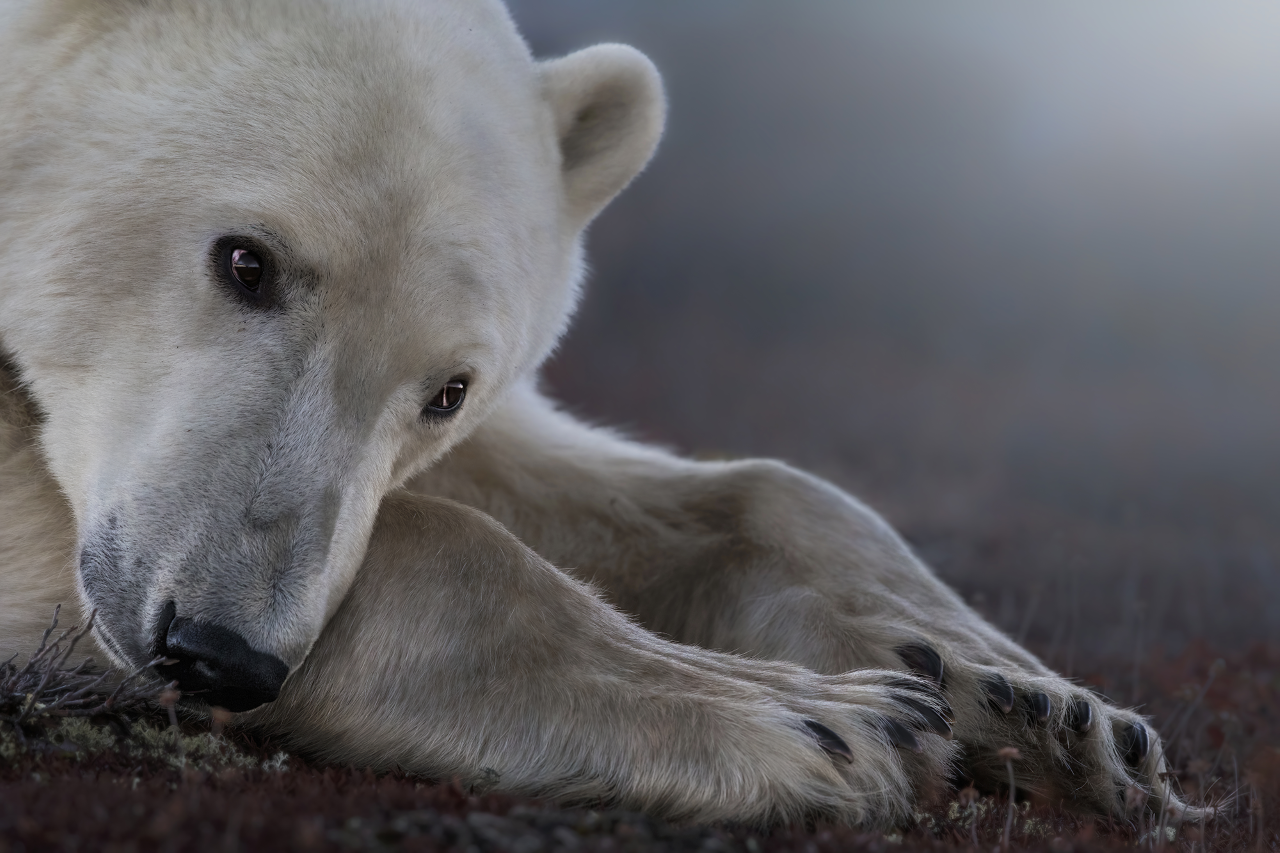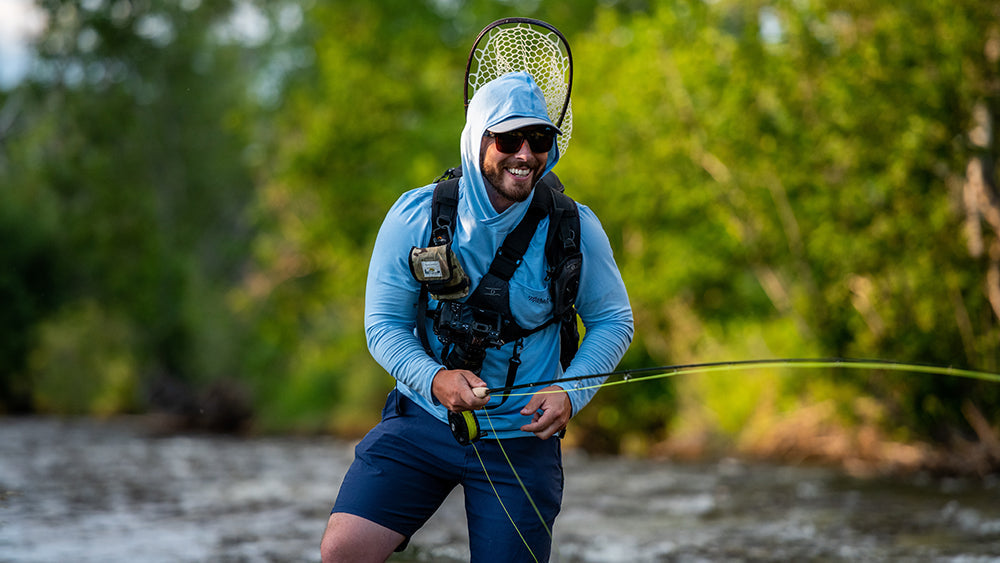Spring has arrived. Along with it the wildlife, wildlife photographers, and that rad wildlife photo you've been waiting for. We want to make sure you're getting the most out of that big investment the season. After asking some of our knowledgeable birder friends we have compiled a list of a few migrating and nesting bird species to get you inspired.
1. Osprey Nesting Season
Ospreys are the second most widely spread raptor next to peregrine falcon, found on every continent with the exception of antarctica. Nesting in along the east coast of north america across the top all the way to northern Alaska with permanent residents in warmer southern and central areas of north america.

Osprey nests are built of sticks and lined with bark, sod, grasses, vines, algae, or flotsam and jetsam. Often times they end up with nests 10 to 13 feet deep, 3 to 6 feet in diameter and weighing up to 400 pound. Large enough for a human to sit in. The nesting period is about 50-55 days with an incubation period of 36-42 days giving you a good window to capture some of the action. The Osprey festival in BC, Vancouver happens July 22nd but sightings will vary geographically.
Osprey Fun Facts
- Known as the fish hawk they live mainly off of fish they catch doing shallow dives into water
- Osprey often nest in artificial nest platforms in areas that lack suitable trees
- If there is no nesting sight available the ospreys will delay there breeding time
- Sighted on every continent except antarctica

Photo by Kurt Weck
2. Great Blue Heron Nesting Season
The largest North American Heron and 3rd largest Heron in the world. This ancient looking and sounding wading bird nests in December in warmer areas like California and March for milder areas. One specific colony of non migrating Great Blue Herons live in Cotton Carrier hometown Vancouver (Stanley Park).

With an average 160 nests per colony and residents usually returning to the same nests each year these are great places to sit and capture these interesting birds behavior. This is a favorite location for Cotton Carrier inventor Andy Cotton. (Photo Below)
Great Blue Heron Fun Facts
- When quickly catching prey they may attempt to swallow it whole and choke in the process
- Typically living for 15 years and the oldest recorded was 24 years old
- The Great Blue Heron isn't endangered but is considered vulnerable as a species
- Most common and largest heron in north america

Photo By Andy Cotton
3. Ruby-Throated Humming Bird
There are more than 300 species of hummingbirds, 12 of which summer in north america and winter in tropical areas. The Ruby-Throated Humming Birds are 1 of those 12 species to migrate.

Beating its wings at 53 beats per second these little creatures may be hard to capture but well worth the effort. Wild Ruby-Throated Humming bird tend to prefer red or orange flowers or are commonly seen at feeders. With all those different species do some research and find out whats local to you!
Red-Throated Humming Bird Facts
- One of the smallest humming birds weighing 3 grams and only 3-3.5 inches tall
- Males don't often survive past 5 years of age while females can live to over 7 years
- Often nesting on deciduous trees such as oak, horn-beam, birch, poplar, or hack-berry they are also found to nest on artificial locations such as chains, wire, and fences

Photo by Joanne Kamp
4. Yellow Rump Warbler
A combination of 4 closely related species; The Eastern Myrtle Warbler, Audubon's Warbler, Mexican Black Fronted Warbler, and Guatemalans Goldman's Warbler. The Yellow-Rumped Warbler's spend the breeding season in mature coniferous and mixed coniferous-deciduous woodlands. Usually nesting sights are on the branches of coniferous trees. The nests are built over a 10 day period and are known to be made partly of moose, deer, and horse hairs.

Yellow Rump Warblers will often sit on branches catching passing flys like a fly trap.The Myrtle Warbler will eat fruit if bugs are limited, including the Wax-Myrtle berries which gave it its name. It is the only warbler that can handle its waxy content. Converging in large groups the migrating warbler is a beautiful sight and sign of warmer season.
Yellow Rump Warbler Facts
- Often sit on exposed branches and catch passing insects similar to a flycatcher
- Yellow-Rumped Warblers when faced with another bird will react by by holding the body horizontally, fanning the tail, and raising it to form a right angle with its body
- Though in small decline from 1966 the population holds strong at an estimated 130 million breeding individuals
- To attract in your yard leave out seeds, raisins or peanut butter

photo by Tringa Photography
5. Bullock's Orioles
Bullock's Orioles are small new world blackbirds that nests in the open woodlands of Western America. The recognizable hanging nests are crafted by the males hanging upside down from flexible branches to discourage hungry predators. Often feeding on insects and nectar from trees they are also found drinking sugar water from humming bird feeders.

The mating season typically lasts between May and July depending where you are geographically. The males will perform a courtship display, bowing, chirping and hopping from branch to branch. Both male and female Bullocks Orioles are known to sing.
Bullocks Orioles Fun Facts
- This bird was named after an English naturalist William Bullock
- They often line there nests with soft materials such as cotton from cottonwood trees and hair, twine or wool
- Often eating honey bees they will extract and drop the stinger before consuming

Photo by Larry Ditto
6. The Black Pheobe
The Black Pheobe species is spread throughout mexico, central america, and south western america. They are recognizable from white bellies, grey upper body and slightly darker top of head. These plump song birds usually nest in cliffs and on man made structures 3-10 feet above the ground near water sources. The diet generally consists of insects but at times eat surface level Minos from water sources.

Black Phoebes are known to stay monogamous for many mating seasons and come back to the same nesting sites. The initial nesting locations are selected by the females, the males will hover by a spot for 5-10 seconds and wait for the females decision.
Fun Facts
- Monogamous and the males will hover by nesting locations allowing females to have the final decision
- When courting the males will come up to females with showy, fluttering behavior and follow the female if she leaves
- Population has seen an increase since the 1960s

photo by Pescadero Marsh
7. Wood Duck
These colorful and distinct waterfowl are found throughout most of north america. The males are have chestnut and green heads with iridescent feathers and ornate patterns on most feathers. The females are less decorated with a simple white circle around the eye and a few iridescent tail feathers. They are found in swamp, streams, beaver flooded lakes and wooded marshes.

Mating pairs will nest in tree holes and nesting boxes around water. Producing up to two broods a year. Feeding on insects, aquatic plant life, fruit, seeds and small arthropods from the water and on land. These colorful waterfowl are certainly beautiful subjects for any avid birder.
Fun Facts
- Pairs look for nests in the early morning. The male will stand outside the nest while the female inspects it
- Plant material makes up 80% of the species diet
- Chicks hatch alert and will leave the nest a day after hatching

Photo by Steve Wolfe





